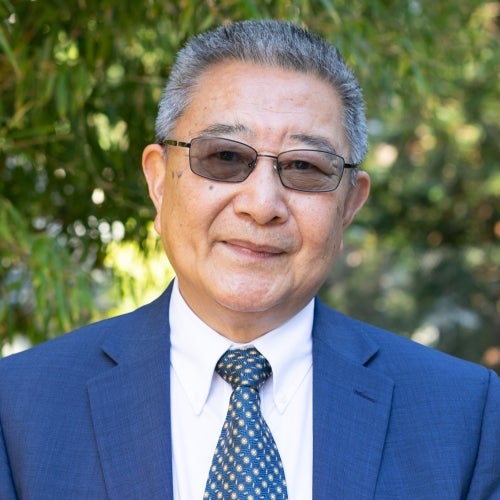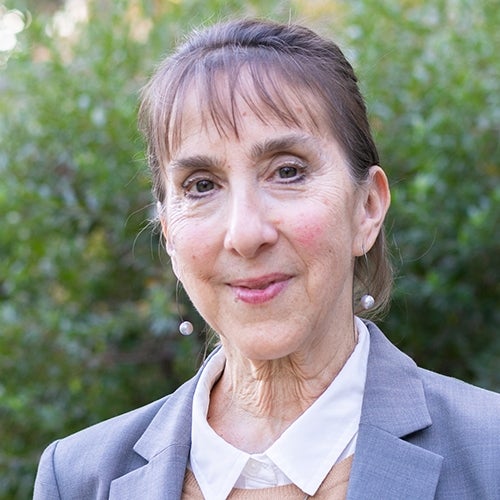Married, single, kids or not, participating in workforce may protect women’s memory
UCLA FSPH research found an association between working for pay and slower memory decline, regardless of a woman’s marital or parenthood status.

A team led by UCLA Fielding School of Public Health researchers has found women who work in the paid labor force in early adulthood and middle age may have slower memory decline later in life than women who do not work for pay.
“Our study followed a large number of women across the United States and found the rates of memory decline after age 55 were slower for those who spent substantial amounts of time in the paid workforce before age 50, even among those who stopped working for a number of years to raise children before returning to work,” said author Elizabeth Rose Mayeda, assistant professor of epidemiology at the UCLA Fielding School of Public Health. “While there’s no debate that managing a home and a family can be a complex and full-time job, our study suggests that engaging in paid work may offer some protection when it comes to memory loss.”
The research is published in the November 4, 2020, online issue of Neurology®, the peer-reviewed medical journal of the American Academy of Neurology. The team includes researchers from Boston College, Harvard, the University of California, San Francisco, and UCLA, including Robert Weiss, Fielding School professor of biostatistics.
The study involved 6,189 women who had an average age of 57 at the start of the study. Researchers divided the participants into five groups based on their work-family life histories between ages 16-50: working non-mothers, working married mothers, working single mothers, non-working single mothers and non-working married mothers. The women were followed for an average of 12 years and were given memory tests every two years.
Researchers found that while memory scores were similar for all women between ages 55 and 60, after age 60 the average rate of decline on the memory test scores was slower for women who participated in the paid labor force than for women who did not.
At the first memory assessment, over 98% of women had memory test scores between -3 to 3 standardized units. From age 60 to age 70, the average memory decline among working married mothers was 0.69 standardized units compared to a faster memory decline of 1.25 standardized units among non-working single mothers and 1.09 standardized units among non-working married mothers.
Overall, after adjusting for other factors that could affect the relationship between work-family profiles and later-life memory decline, such as age, education and socioeconomic status in childhood, this translated into an average rate of memory decline that was more than 50% greater among women who did not work for pay after having children than among mothers who worked.
“We found the timing of labor force participation did not appear to matter,” Mayeda said. “Rates of memory decline were similar for married working mothers including those who consistently worked, those who stayed home for a few years with children as well as those who stayed home many years before returning to the workforce, suggesting that the benefits of labor force participation may extend far into adulthood.”
Memory decline can be an early sign of Alzheimer’s dementia, and more women than men live with Alzheimer’s dementia, said study co-author Taylor Mobley, a senior research analyst at the Fielding School.
“Policies that help women with children participate in the workforce could be an effective strategy to prevent memory decline in women,” Mayeda said.
Funding: The study was supported by the National Institute on Aging (grants R00AG053410 and R01AG040248) and the Karen Toffler Charitable Trust.
Data Availability Statement:The data used for analyses are available from the HRS website: hrs.isr.umich.edu/data-products.
Citation: Neurology Publish Ahead of Print; DOI: 10.1212/WNL.0000000000010989
The UCLA Fielding School of Public Health, founded in 1961, is dedicated to enhancing the public's health by conducting innovative research, training future leaders and health professionals from diverse backgrounds, translating research into policy and practice, and serving our local communities and the communities of the nation and the world. The school has 690 students from 25 nations engaged in carrying out the vision of building healthy futures in greater Los Angeles, California, the nation and the world.
Attachments
Neurology studyFaculty Referenced by this Article

Robert J. Kim-Farley, MD, MPH, is a Professor-in-Residence with joint appointments in the Departments of Epidemiology and Community Health Sciences

Dr. Anne Rimoin is a Professor of Epidemiology and holds the Gordon–Levin Endowed Chair in Infectious Diseases and Public Health.

Dr. Joseph Davey is an infectious disease epidemiologist with over 20 years' experience leading research on HIV/STI services for women and children.

Automated and accessible artificial intelligence methods and software for biomedical data science.







































































